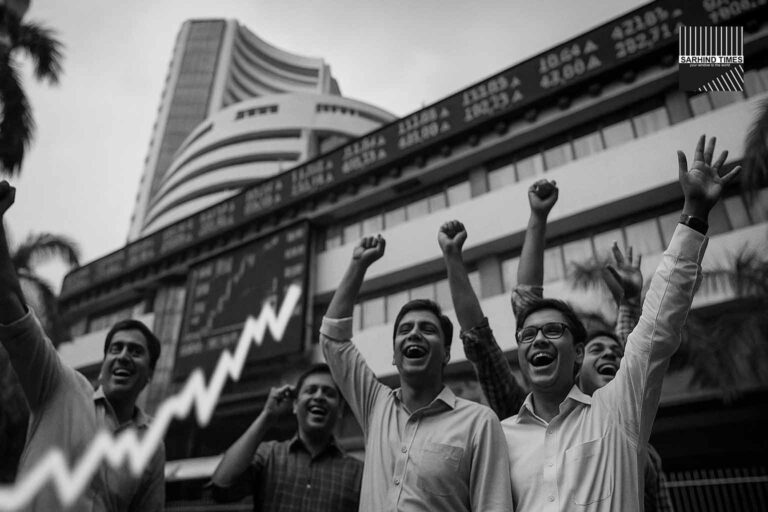21 sep 2025
As Indian equity and currency markets reopen for the new week, traders are looking outward—to global crude oil prices, the rupee’s stability, and cues from central banks abroad. Brent crude futures, which hovered around $66–67 per barrel late last week, and the USD/INR exchange rate near 88 will likely frame early sentiment on Dalal Street.
With India’s import bill, inflation expectations, and sectoral earnings tightly linked to these variables, the tone of the week may be less about stock-specific stories and more about macro currents.
Oil Softness: A Relief for India
India imports nearly 85% of its crude oil, making Brent price swings a direct macro driver.
- Current Levels: Brent crude at ~$66–67/bbl is significantly softer compared to last quarter.
- Impact on India:
- Helps moderate the oil import bill.
- Provides relief for inflationary pressures.
- Boosts sentiment for oil marketing companies (OMCs) like IOC, BPCL, and HPCL.
Analysts caution, however, that geopolitical tensions or shipping bottlenecks could quickly reverse this trend.
INR Stability Around 88/USD
The rupee ended last week near ₹88 per US dollar, showing relative stability.
- Drivers of Stability:
- Importer hedging capped rupee appreciation.
- Softer dollar globally provided some cushion.
- Investor Implications:
- Exporters (IT, pharma, textiles) benefit from a steady rupee.
- Import-heavy sectors (aviation, electronics) watch nervously for any slip.
Currency strategists expect range-bound movement, with RBI interventions possible if volatility spikes.
Global Macro Watch
Markets will also track:
- US Federal Reserve Guidance: Any hint on interest rates will ripple across EM currencies.
- ECB and BoE Signals: Liquidity and inflation cues matter for portfolio flows.
- China’s Data Releases: Demand signals for commodities.
Any surprise from these players could jolt an otherwise calm week.
Domestic Cues on Radar
Onshore, traders await:
- SEBI or RBI communication on liquidity, regulations, or forex stability.
- High-frequency indicators: GST collections, PMI prints, and credit growth.
- Corporate Updates: Pre-earnings guidance in rate-sensitive sectors like autos, real estate, and banks.
Sectoral Implications
- Energy & OMCs: Oil softness improves margins.
- Rate-Sensitive Plays: Lower crude supports inflation outlook, helping yields and banks.
- Exporters: Steady rupee around 88 keeps IT and pharma stable.
- Aviation: Airlines benefit from softer crude, though currency stability matters for leasing costs.
Market Strategy
Strategists expect range-bound trading with:
- Nifty support near 25,000.
- Resistance around 25,500–25,600.
- Volatility tied to global central-bank commentary.
Investors are advised to stay cautious but opportunistic in dips, especially in quality large-caps.
Voices from the Street
- Equity Analyst: “This week is macro-driven—oil and rupee will set the tone more than stock-specific triggers.”
- FX Dealer: “Unless the Fed surprises, INR is likely to stay steady. Hedging by corporates continues.”
- Retail Investor: “I’m keeping an eye on IT and OMCs; they seem best positioned right now.”
Broader Outlook
With global supply chains still rebalancing and oil producers carefully calibrating supply, the macro backdrop remains volatile. India’s resilience depends on:
- Diversified capital flows.
- Strong domestic consumption.
- Proactive policy management by RBI and the government.
Conclusion
The week ahead may not deliver fireworks, but it will test how global macro signals—oil, currency, and central-bank guidance—interplay with India’s domestic resilience. For traders and investors, the task is to balance caution with tactical plays in sectors most sensitive to these cues.
India’s markets are learning once again that sometimes the biggest moves come not from company boardrooms, but from global commodity pits and policy podiums.
#StockMarket #INR #CrudeOil #DalalStreet #Macro #Investing #RBI #Economy























+ There are no comments
Add yours